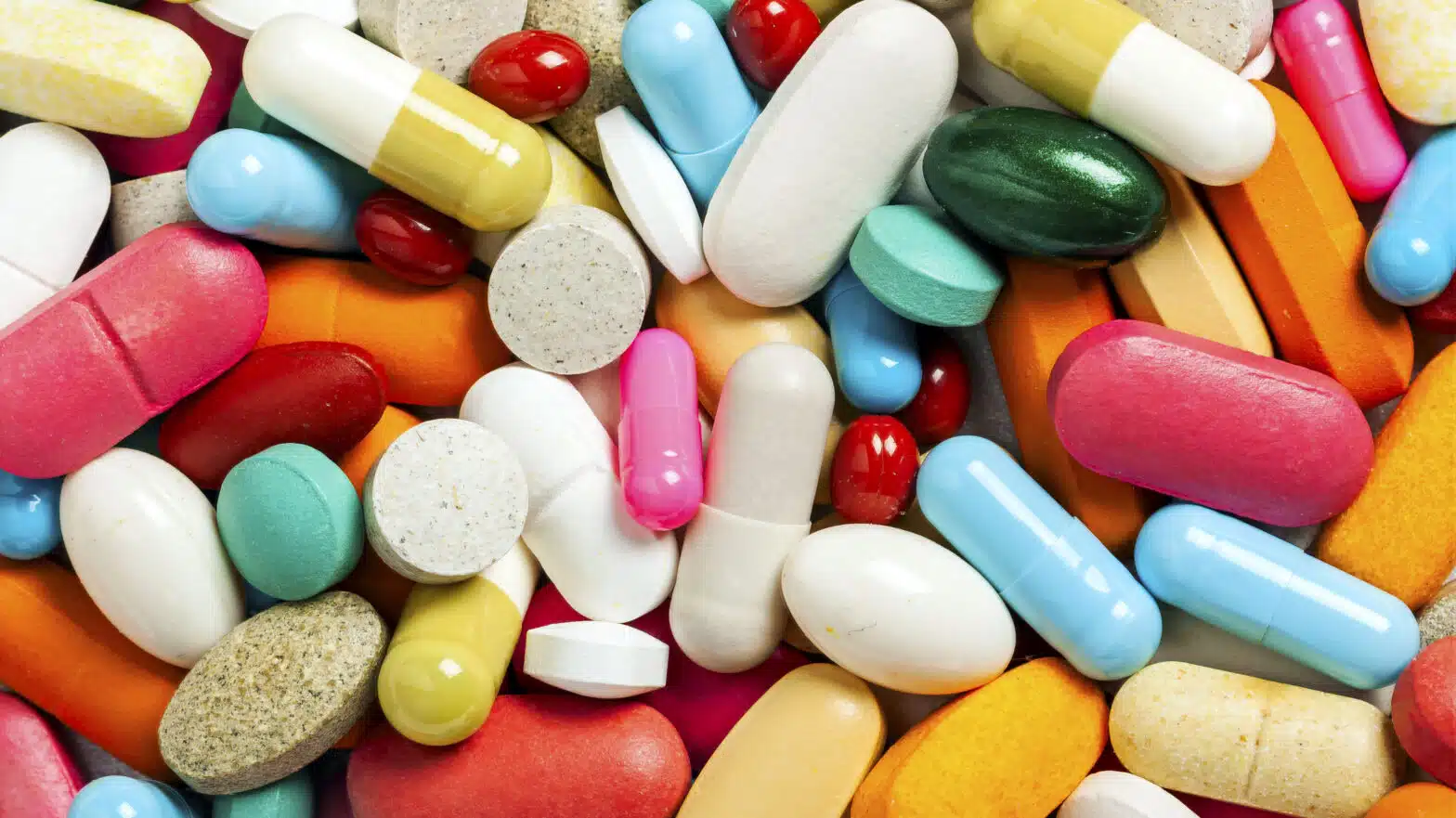Understanding Combined Drug Intoxication (CDI)
Mixed drug toxicity occurs when someone either knowingly or unknowingly combines incompatible drugs and experiences harmful effects. If you or someone you love is at risk of combined drug intoxication due to substance use disorder, treatment can help.

Mixed drug toxicity, also known as combined drug intoxication, refers to a dangerous and potentially fatal condition that occurs when a person consumes a combination of different substances.
The complex interaction of drugs can lead to unpredictable and unknown effects, increasing the risk of drug overdose and severe health complications.
Defining “Mixed Drug Toxicity”
Mixed drug toxicity is a medical condition where a person experiences harmful effects as a result of consuming a combination of different substances.
This phenomenon occurs when multiple substances, such as prescription medications, over-the-counter drugs, or illicit drugs interact within the body, leading to an amplified response.
Factors contributing to mixed drug toxicity include unintentional combinations, recreational poly drug abuse, and combining substances without knowing their interactions.
The effects of mixed drug toxicity are often unpredictable as individual responses vary based on factors such as metabolism, age, and the specific combination of substances involved.
Mixed drug toxicity often requires urgent medical attention. Emergency situations may arise due to the severity of symptoms, and prompt intervention is needed to address the toxic effects.
Common Combinations That Increase The Risk Of Drug Toxicity
Several combinations of drugs can increase the risk of drug toxicity, leading to harmful effects and adverse reactions.
Mixing Depressants
Combining opioids and benzodiazepines, or anti-anxiety medications, can lead to respiratory depression, sedation, and an increased risk of overdose death.
Depressants include opioids such as:
- heroin
- morphine
- oxycodone
- hydrocodone
- fentanyl
- benzodiazepines
These interactions are not limited to the illegal consumption of drugs but rather includes prescription drugs, such as prescription opioids.
Alcohol And Sedatives
Consuming alcohol along with sedative medications, such as benzodiazepines or sleep aids, intensifies the depressant effects on the central nervous system.
This intensification can increase the risk of respiratory suppression and overdose.
Mixing Stimulants
Mixing stimulants can increase a person’s heart rate and blood pressure to dangerous levels, thereby increasing the risk of several serious health problems.
Stimulants include:
- ecstasy
- cocaine
- methamphetamines
- amphetamines
The Dangers Of Combined Drug Intoxication
Combined drug intoxication poses serious health risks due to the simultaneous use of multiple drugs or substances.
The dangers associated with combined drug intoxication include negative drug interactions, organ damage, and overdose potential.
Drugs can have negative interactions, regardless of the route of administration.
Negative Drug Interactions
Combinations of drugs can lead to unpredictable reactions, making it challenging to anticipate the extent of the intoxication and its effects on physical and mental health.
Organ Damage
Combined drug intoxication can contribute to organ damage, particularly to the liver, kidneys, and gastrointestinal system.
Certain drugs, when combined, may exert toxic effects on specific organs.
Respiratory Depression
Many drugs, particularly opioids and sedatives, can cause respiratory depression when taken together.
Combined drug interaction involving these substances may result in severe respiratory suppression, potentially leading to respiratory failure and death.
Cardiovascular Complications
Combined drug intoxication can lead to cardiovascular complications, such as changes in heart rate, blood pressure, and cardiac rhythm.
The risk of heart attack or arrhythmias may also increase with certain drug combinations.
Central Nervous System Effects
The central nervous system is highly susceptible to the effects of combined drug intoxication. Symptoms may include confusion, seizures, and loss of consciousness.
Overdose Potential
Combined drug intoxication significantly raises the risk of overdose as different drugs may have synergistic effects, intensifying their individual impacts on vital functions.
In severe cases, combined drug intoxication can have fatal consequences.
The combination of substances may overwhelm the body’s ability to metabolize the drugs, leading to a life-threatening situation.
Psychiatric Effects
Combined drug intoxication can contribute to psychiatric effects, including exacerbation of mental health disorders, increased anxiety, or the development of drug-induced psychosis.
Common Warning Signs Of Drug Toxicity
Recognizing the warning signs of drug toxicity is crucial for identifying potential health risks and seeking prompt medical attention.
The specific signs can vary depending on the type of drug or substance involved, but there are some warning signs that are common among all interactions.
Common warning signs of drug toxicity include:
- altered mental state
- extreme changes in mood
- respiratory distress
- cardiovascular changes
- gastrointestinal symptoms
- seizures
- dizziness and fainting
- impaired coordination
- temperature changes
- skin reactions
- excessive sweating or chills
- urinary changes
- vision changes
- muscle weakness or tremors
- jaundice
- bleeding or bruising
If any of these warning signs are observed, it is essential to seek immediate medical attention. Healthcare professionals can assess the severity of drug toxicity and take appropriate interventions.
How To Respond To A Possible Overdose
Responding quickly to a possible overdose can help save a life. If you suspect someone is experiencing an overdose, dial 911 immediately. Stay as calm as possible.
Assess the person’s responsiveness, breathing, and overall condition. Check for any signs of life-threatening symptoms.
If the person is unresponsive, carefully open their airway by tilting their head back and lifting the chin. Look for breathing. If the person is not breathing, it’s a sign of a medical emergency.
If the overdose is suspected to be opioid-related and if you have access to naloxone (Narcan), administer it according to the instructions provided with the naloxone kit.
Remember that quick and decisive action is crucial during an overdose situation, and it is essential to involve healthcare professionals as soon as possible.
Learn How To Get Treatment At Spring Hill Recovery
If you or a loved one is experiencing substance abuse disorder, Spring Hill Recovery can help. Contact our specialists today to learn more.
- Alcohol and Drug Foundation (ADF) https://adf.org.au/reducing-risk/polydrug-use/
- Centers for Disease Control and Prevention (CDC) https://www.cdc.gov/stopoverdose/polysubstance-use/index.html
- National Health Service (NHS) https://www.nhs.uk/conditions/poisoning/symptoms/
- Substance Abuse and Mental Health Services Administration (SAMHSA) https://store.samhsa.gov/sites/default/files/five-essential-steps-for-first-responders.pdf

